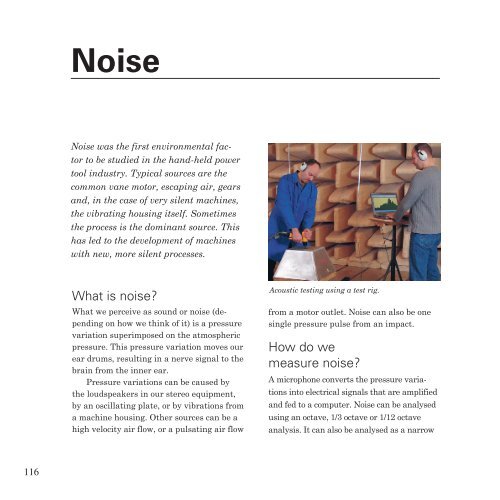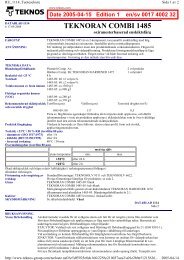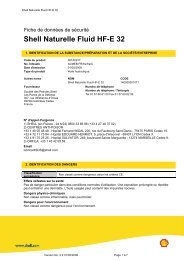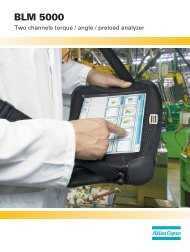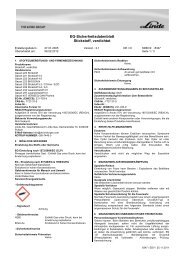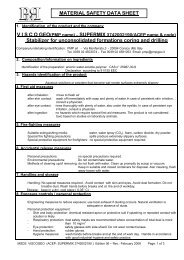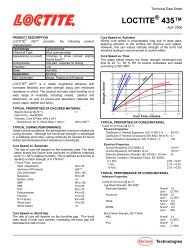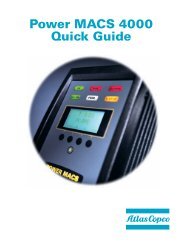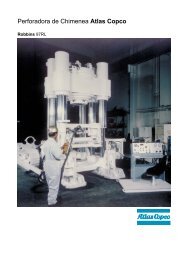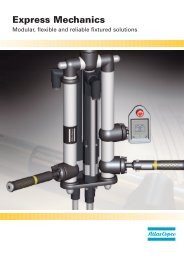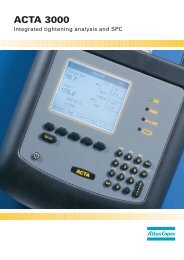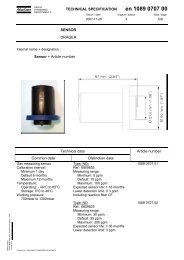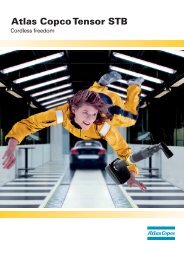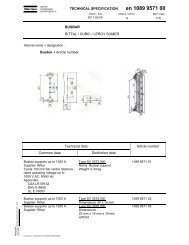Ergonomics - Atlas Copco
Ergonomics - Atlas Copco
Ergonomics - Atlas Copco
You also want an ePaper? Increase the reach of your titles
YUMPU automatically turns print PDFs into web optimized ePapers that Google loves.
116<br />
Noise<br />
Noise was the first environmental fac-<br />
tor to be studied in the hand-held power<br />
tool industry. Typical sources are the<br />
common vane motor, escaping air, gears<br />
and, in the case of very silent machines,<br />
the vibrating housing itself. Sometimes<br />
the process is the dominant source. This<br />
has led to the development of machines<br />
with new, more silent processes.<br />
What is noise?<br />
What we perceive as sound or noise (depending<br />
on how we think of it) is a pressure<br />
variation superimposed on the atmospheric<br />
pressure. This pressure variation moves our<br />
ear drums, resulting in a nerve signal to the<br />
brain from the inner ear.<br />
Pressure variations can be caused by<br />
the loudspeakers in our stereo equipment,<br />
by an oscillating plate, or by vibrations from<br />
a machine housing. Other sources can be a<br />
high velocity air flow, or a pulsating air flow<br />
Acoustic testing using a test rig.<br />
from a motor outlet. Noise can also be one<br />
single pressure pulse from an impact.<br />
How do we<br />
measure noise?<br />
A microphone converts the pressure varia-<br />
tions into electrical signals that are amplified<br />
and fed to a computer. Noise can be analysed<br />
using an octave, 1/3 octave or 1/12 octave<br />
analysis. It can also be analysed as a narrow


